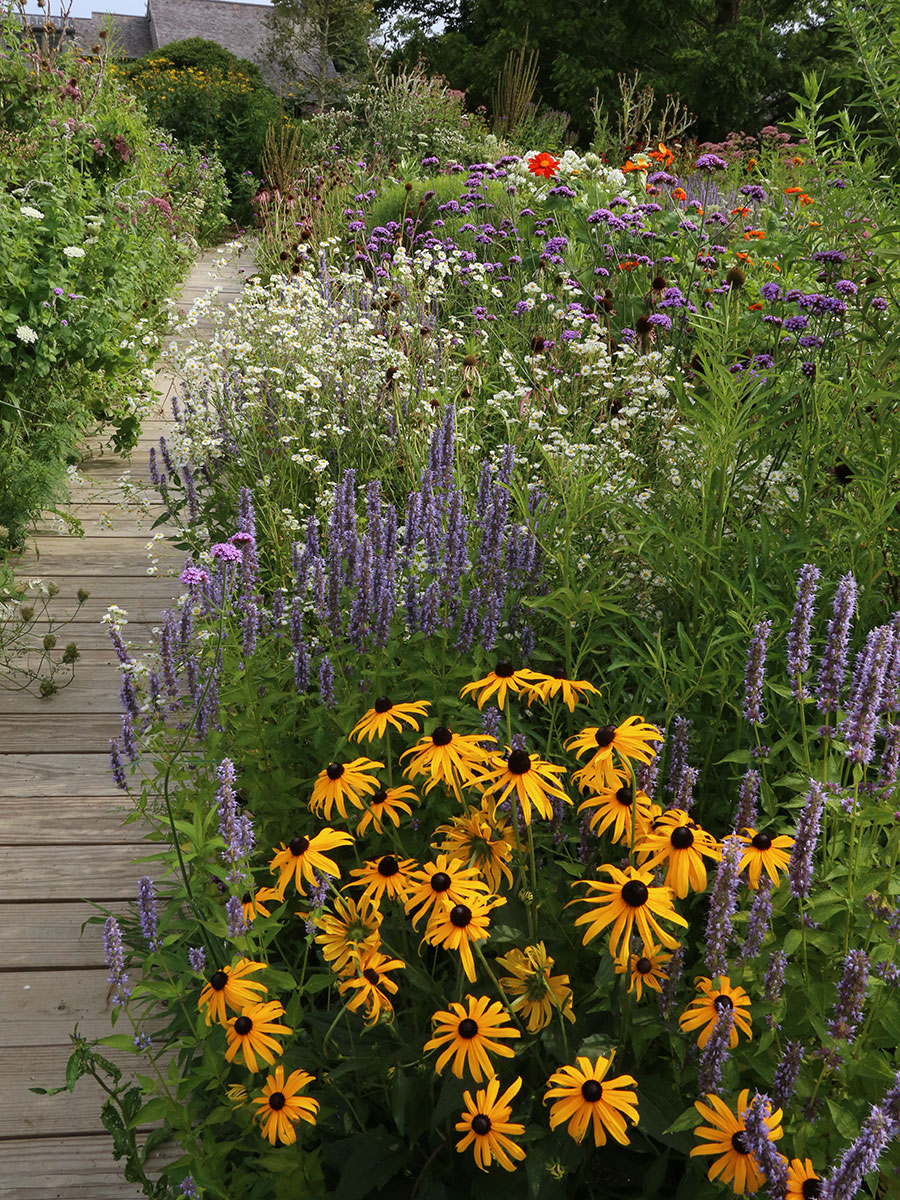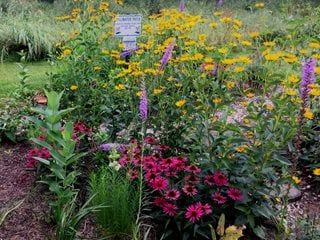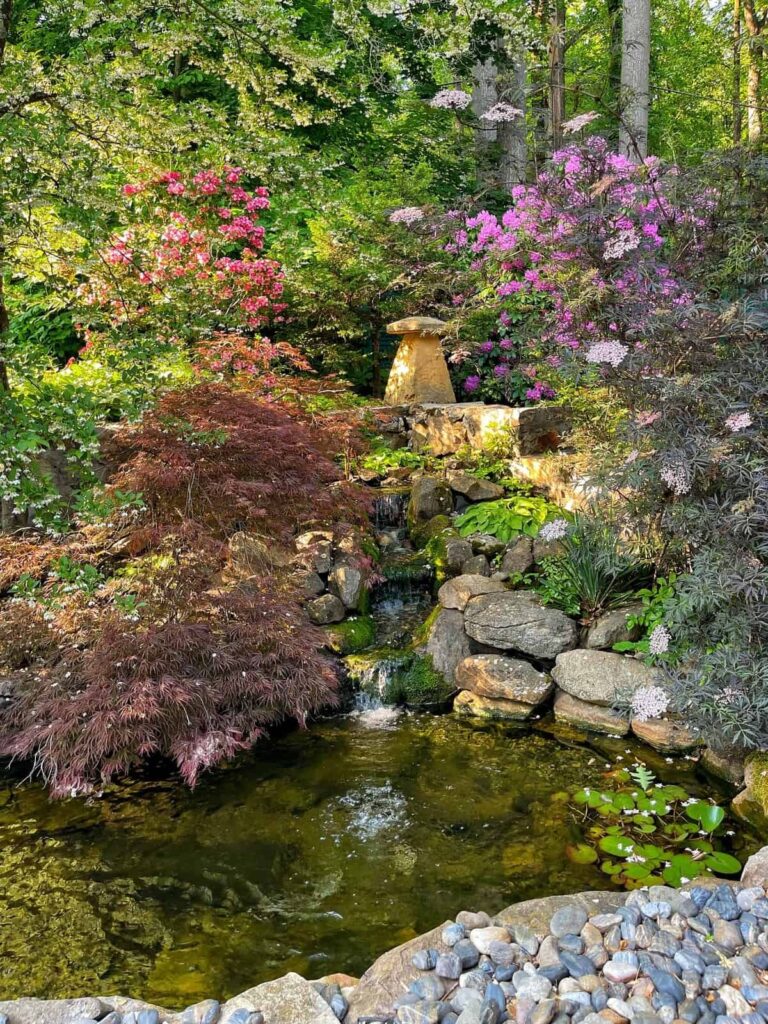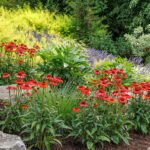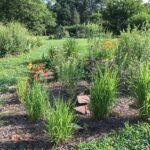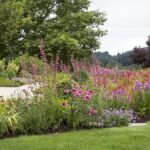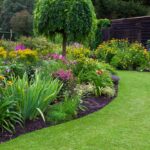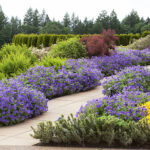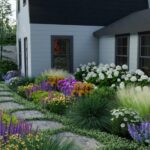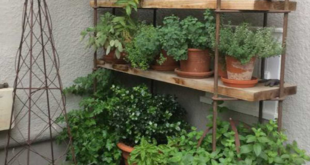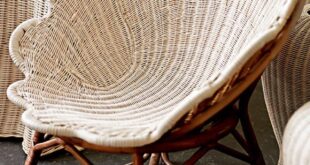Pollinator gardens are not only beautiful additions to any landscape, but they also play a crucial role in supporting the declining populations of pollinators such as bees, butterflies, and birds. Designing a pollinator garden involves carefully selecting plants that provide food and habitat for these important creatures. Here are some key elements to consider when creating a pollinator-friendly garden.
First, it’s important to choose a variety of plants that will bloom throughout the growing season. This will ensure that there is a continuous food source for pollinators from early spring to late fall. Include a mix of native flowers, shrubs, and trees in your garden to attract a diverse range of pollinators. Some popular choices include bee balm, coneflowers, milkweed, and goldenrod.
Another important aspect of pollinator garden design is creating a variety of habitats for different types of pollinators. Bees, for example, need access to water for drinking and nesting materials such as hollow stems or bee houses. Butterflies, on the other hand, prefer sunny, open areas with plenty of nectar-rich flowers. By providing a range of habitats in your garden, you can attract a wider range of pollinators.
In addition to plants, consider including features such as a shallow water source, rocks, and other natural materials that provide resting spots and shelter for pollinators. Avoid using pesticides in your garden, as these chemicals can harm pollinators and other beneficial insects. Instead, opt for natural pest control methods such as hand-picking pests or using beneficial insects like ladybugs.
When designing your pollinator garden, think about the layout and arrangement of plants. Grouping plants in clumps or drifts can make it easier for pollinators to find and access them. Plant tall flowers towards the back of the garden and shorter plants towards the front to create layers of vegetation that provide shelter and foraging opportunities for pollinators.
Lastly, don’t forget to include a variety of flower shapes and colors in your garden. Different pollinators are attracted to different types of flowers, so a diverse selection will help attract a wide range of species. Including plants with fragrant flowers can also help attract pollinators such as moths that are drawn to scent. By incorporating these elements into your garden design, you can create a beautiful and functional space that supports the health and well-being of pollinators in your area.
 yishifashion Where Outdoor Dreams Become Reality
yishifashion Where Outdoor Dreams Become Reality
